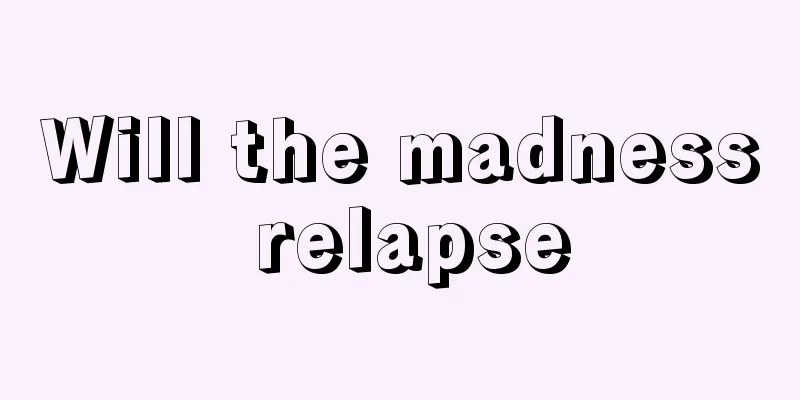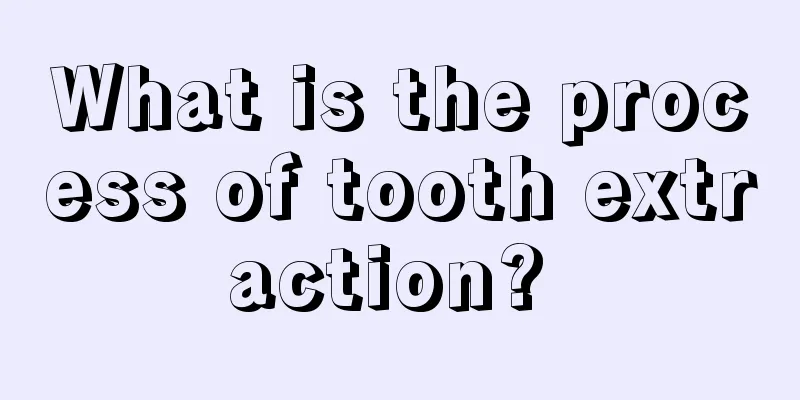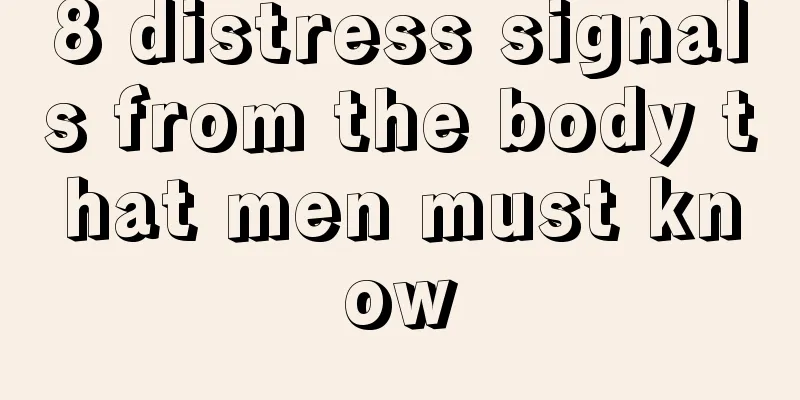What should I do if I have mild facial paralysis?

|
Mild facial paralysis is not uncommon in life, and this problem causes great distress to patients. Therefore, when these symptoms appear, you should pay attention to the correct conditions. You can do more eye closing training, finger training, and nose lifting training. 1. Eye closing training The function of closing eyes is mainly completed by the movement and contraction of the orbicularis oculi muscle. When training to close the eyes, ask the patient to close the eyes gently at first, and close both eyes at the same time 10 to 20 times. If the eyelids cannot be closed completely, you can use the tip of the index finger to gently massage along the infraorbital edge when the whites of the eyes are exposed, and then close the eyes forcefully 10 times. This will help restore the eyelid closure function. 2. Nose-lifting training The nose-lifting exercise is mainly completed by the movement and contraction of the levator labii superioris muscle and the depressor nasalis muscle. Nose lifting training can promote the recovery of motor function of the nasal depressor muscles and lip levator muscles. A small number of patients do not know how to do the nose lift exercise, so they should pay attention to applying force towards the nose during training. It is a care method for facial paralysis. 3. Teeth showing training The teeth showing movement is mainly completed by the contraction of the zygomatic major and minor muscles, the levator anguli oris muscles and the zygomatic muscles. The motor dysfunction of these four muscles is the main cause of crooked corners of the mouth. Instruct the patient to move the corners of the mouth to both sides at the same time to avoid exerting force on only one side and forming a habitual deflection movement of the corners of the mouth. 4. Cheek puffing training Cheek puffing training helps to restore the motor function of the orbicularis oris and buccinator muscles. When air leaks from puffing up your cheeks, pinch the orbicularis oris muscle on the affected side up and down with your hands to perform cheek puffing exercises. The patient was able to perform cheek puffing exercises, indicating that the motor functions of the orbicularis oris and buccinator muscles could return to normal, and the symptoms of water leakage while brushing, drooling, and food stagnation disappeared. This method helps prevent and treat contracture of the quadratus lip superioris muscle. 5.5. Eyebrow raising training The completion of eyebrow raising movement mainly relies on the movement of the frontal belly of the occipitofrontalis muscle. In disuse, mild and moderate lesion-type facial paralysis, the motor function of the frontal belly of the occipitofrontalis muscle is easiest to recover. The patient can be asked to lift the eyebrows on the healthy and affected sides, which will help restore the eyebrow lifting function. |
<<: Can eye myasthenia gravis be cured?
>>: What are the treatments for optic nerve atrophy?
Recommend
I feel pain in my lower abdomen, what's going on?
In our daily lives, we often feel various discomf...
What harm does wallpaper do to the human body
Nowadays, when many people buy a house and decora...
What shampoo is good for summer
Shampoo is a common daily necessity, and almost e...
Why is there blood in my nose in the morning?
Perhaps everyone has experienced this situation, ...
What happens if you touch cold water after an abortion
Abortion is like a minor surgery. During this per...
Can pituitary tumors be cured
Many patients are very worried that their health ...
What can I use to wash off the ink?
It will be very bad if there are children in the ...
What are the effects of aloe vera pearl capsules
As the name suggests, Aloe Vera Pearl Capsules ar...
What are the symptoms of Raynaud's disease?
Raynaud's syndrome is a disease that occurs w...
What kind of salt water is good for washing your face?
In order to have healthy and delicate skin, women...
Can vitamin B remove acne?
Vitamin B is a nutrient needed by the body. It is...
What is the best medicine for melanoma
Melanoma is a common disease, and there are many ...
The role of oxygen therapy
Oxygen therapy is a relatively common treatment t...
What are the clinical symptoms of lung cancer? Common clinical symptoms of lung cancer
Lung cancer is a malignant tumor. Its incidence a...
Computer medium frequency physiotherapy instrument
When talking about computer medium frequency ther...









